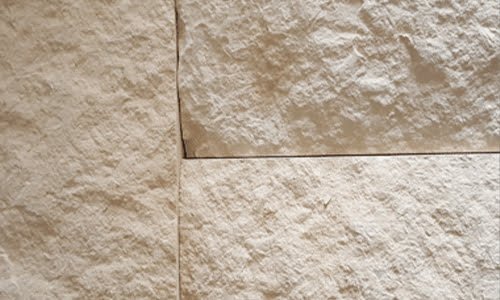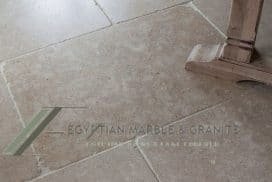Egyptian Tura Stone
Egyptian Tura natural stone holds a significant place in the world of architecture and design due to its historical importance, distinct characteristics, and versatile applications. Named after the ancient city of Tura, located on the banks of the Nile River in Egypt, this stone has been used for centuries in various monumental and artistic creations.
Egyptian Tura natural stone is quarried from the region surrounding the ancient city of Tura, which was known for its limestone quarries and their contributions to monumental architecture. The stone is primarily composed of limestone, a sedimentary rock formed over millions of years from the accumulation of marine sediments. Tura stone’s proximity to the Nile River allowed for easy transportation, making it a favored choice for building projects during ancient times.







